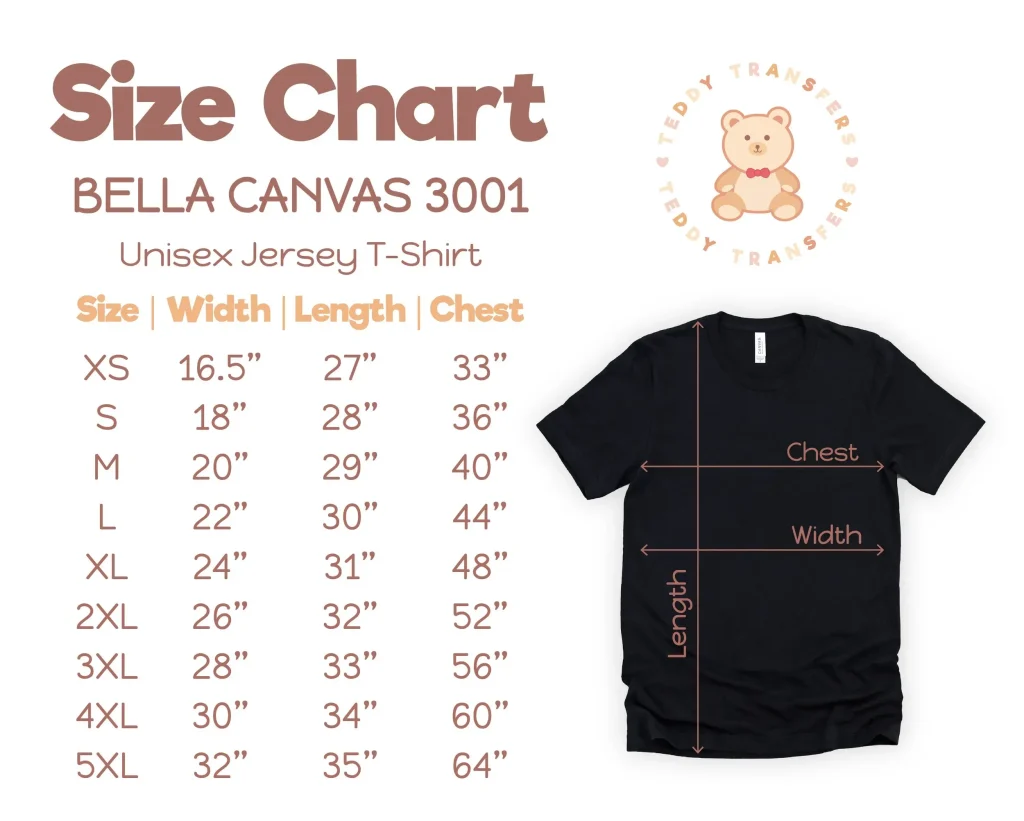In the world of custom printing, DTF Transfer Dimensions play a pivotal role in bringing your designs to life on fabric. Choosing the right DTF transfer size is essential not only for achieving vibrant colors and rich details but also for ensuring that your prints adhere perfectly to the fabric. Understanding how to size DTF transfers can streamline the printing process and enhance the quality of your final products. Whether you’re using DTF transfer for t-shirts or other garments, having a comprehensive DTF printing guide can provide the insights needed to make informed decisions. Here, we’ll explore crucial tips around choosing the ideal dimensions for your projects, enabling you to create eye-catching apparel effortlessly.
When discussing DTF transfer sizes, it’s essential to consider various alternate terms like film transfer dimensions, graphics sizing for prints, and custom application areas. Selecting the appropriate dimensions, such as those for heat transfers or graphics, directly impacts the vibrancy and integrity of your designs. Understanding these sizing principles can help you navigate the intricacies of DTF printing effectively, whether you’re customizing clothing items or developing personalized merchandise. As the popularity of film transfer techniques increases, insights into how dimensions affect the final product become paramount. This guide will provide you with practical advice and considerations to ensure your designs always look their best.
Understanding DTF Transfer Dimensions
When diving into DTF transfer printing, one of the most critical aspects is understanding the dimensions of your transfer. “DTF transfer dimensions” refer to the specific size of the design printed on the film, which you’ll later apply to the fabric. Choosing the correct dimensions ensures that your designs maintain their clarity and vibrancy when printed. Familiarizing yourself with the common sizes can aid in creating a visually appealing product that aligns with your garment specifications.
Additionally, the dimensions you choose can impact the overall look and feel of your apparel. Larger transfers can make a bold statement, perfect for logos or eye-catching designs, while smaller transfers are great for intricate patterns or subtle designs. As such, it’s vital to balance size and detail to achieve optimal results.
Frequently Asked Questions
How do I choose DTF transfer dimensions for my designs?
Choosing the right DTF transfer dimensions depends on several factors, including design complexity, fabric type, and intended use. Start by assessing the intricacy of your design; simpler designs can be larger, while intricate designs may require dimensions around 12″ x 12″ for clarity. Additionally, consider the fabric type to ensure the transfer moves with the material, and think about the application area, particularly for t-shirts, which typically range from 10″ to 14″ wide.
What are important tips for sizing DTF transfers for t-shirts?
When sizing DTF transfers for t-shirts, keep the optimal print area in mind, which usually falls between 10″ to 14″ wide, with varying heights based on your design. Always run sample prints at different sizes to see how well they adhere to fabric and maintain quality. Ensure the dimensions align with the flexibility of the fabric to avoid cracking, especially on stretchy fabrics.
What DTF printing tips should I follow regarding transfer size?
To optimize your DTF printing, focus on your transfer size by testing various dimensions before finalizing your project. Adjust sizes based on the intricacy and color usage of your design, ensuring maximum vibrancy without loss of detail. Additionally, consult your printer specifications to verify the maximum allowable width and adhere to its recommended size guidelines for best results.
How can I determine the best size for a DTF transfer?
To determine the best size for your DTF transfer, evaluate the design’s complexity and the fabric type you plan to use. More detailed designs often require smaller dimensions to avoid losing clarity, while the fabric’s characteristics can impact how well the design adheres. Balancing these factors along with the desired application area will help you choose the ideal size.
What is the ideal size for DTF transfers on various fabric types?
The ideal size for DTF transfers varies by fabric type. Generally, for cotton and polyester shirts, a size between 10″ to 14″ wide is suitable for standard prints. For stretchy fabrics, ensure the transfer allows some give, so it moves with the material. Always adjust the size based on the garment style and intended use for the best results.
What factors impact DTF transfer dimensions for my projects?
Several factors impact DTF transfer dimensions, including design complexity, fabric type, application area, and the end use of the garment. Detailed designs may require smaller sizes for clarity, while the fabric can determine how well the transfer adheres. Always consider the maximum capabilities of your DTF printer to ensure a successful printing outcome.
| Consideration | Details |
|---|---|
| Design Complexity | Choose dimensional sizes based on design intricacy and color usage. |
| Fabric Type | Different fabrics require different size considerations for proper adherence. |
| Application Area | Standard sizes for t-shirts range from 10″ to 14″; larger designs may require bigger dimensions. |
| End Use | Project purpose can dictate size—promotional items may need larger prints for visibility. |
| Printer Specifications | Always check printer capabilities for maximum dimensions and quality. |
Summary
DTF Transfer Dimensions are a crucial aspect of achieving high-quality results in Direct-to-Film printing. The dimensions you choose can greatly influence the vibrancy, clarity, and overall aesthetic of your custom apparel. When selecting DTF transfer sizes, it’s important to consider various factors including design complexity, fabric type, application area, end use, and your printer’s specifications. By carefully evaluating these elements, you can enhance the final look of your garments, improve color retention, and ensure durability, making your projects stand out in the ever-growing custom printing market.

